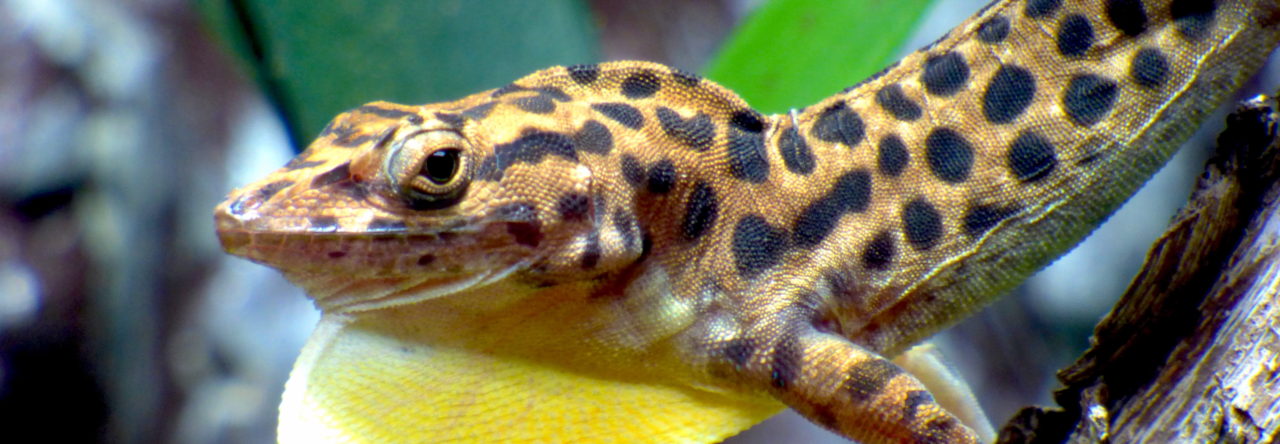New literature alert!
Plasticity and evolutionary convergence in the locomotor skeleton of Greater Antillean Anolis lizards
In eLife
Feiner, Jackson, Munch, Radersma, and Uller
Abstract
Plasticity can put evolution on repeat if development causes species to generate similar morphologies in similar environments. Anolis lizards offer the opportunity to put this role of developmental plasticity to the test. Following colonization of the four Greater Antillean islands, Anolis lizards independently and repeatedly evolved six ecomorphs adapted to manoeuvring different microhabitats. By quantifying the morphology of the locomotor skeleton of 95 species, we demonstrate that ecomorphs on different islands have diverged along similar trajectories. However, microhabitat-induced morphological plasticity differed between species and did not consistently improve individual locomotor performance. Consistent with this decoupling between morphological plasticity and locomotor performance, highly plastic features did not show greater evolvability, and plastic responses to microhabitat were poorly aligned with evolutionary divergence between ecomorphs. The locomotor skeleton of Anolis may have evolved within a subset of possible morphologies that are highly accessible through genetic change, enabling adaptive convergence independently of plasticity.
You can also read a brief summary of the paper by the authors here.







